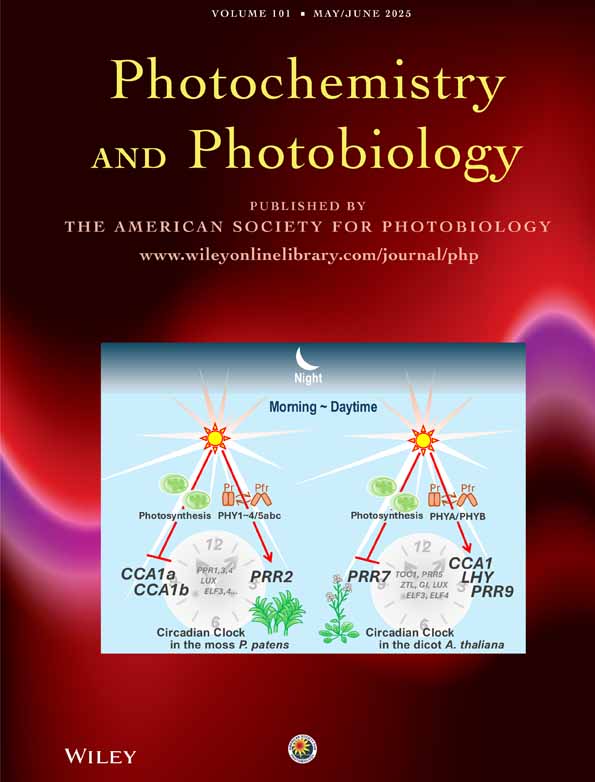ULTRAVIOLET INACTIVATION OF THE MIDI VARIANT OF Qβ RNA: UV-INDUCED ‘KINETIC BARRIERS’ TO REPLICATION AT TWO TEMPERATURES
Abstract—
MDV-1 RNA is a small variant of bacteriophage Qβ, and is an active template in replication reactions catalyzed by Qβ replicase. The predominant lesion formed when MDV-1 is irradiated with 254 nm light with a dose of 2500 Jm-2 is uridine hydrate, which is chemically closely related to the major thymidine products formed in DNA by ionizing radiation. We have found that the replication of irradiated MDV-1 RNA is inhibited at 37°C as well as 12°C. However, while replication appears to be blocked at the sites of photolesions at 12°C, Qβ replicase ‘pauses’ at the lesions before continuing elongation at 37°C. This effect is not caused by reversion of the photoproducts to parent material at the higher temperature. ‘Pauses’ (caused by ‘kinetic modulators’) during the synthesis of nucleic acids from unirradiated templates have been reported to occur in a number of systems and may play a role in the regulation of transcription and replication. Our results suggest that one consequence of radiation damage to nucleic acid bases may be the introduction of lesions which mimic such modulators, leading to aberrations in the regulation of nucleic acid synthesis.




